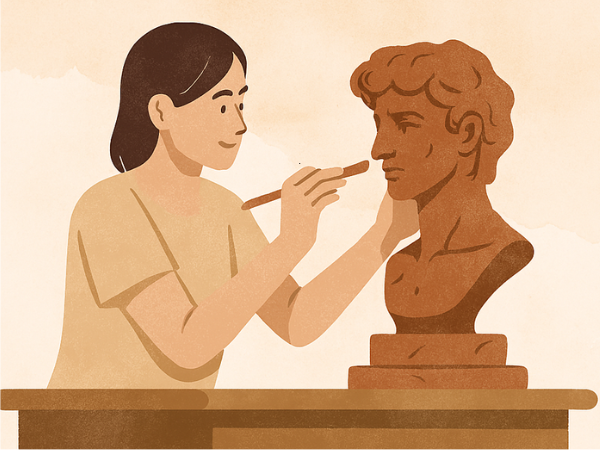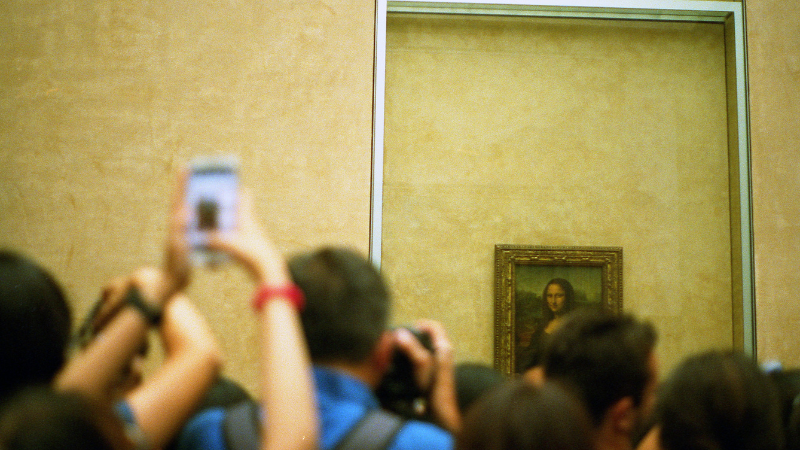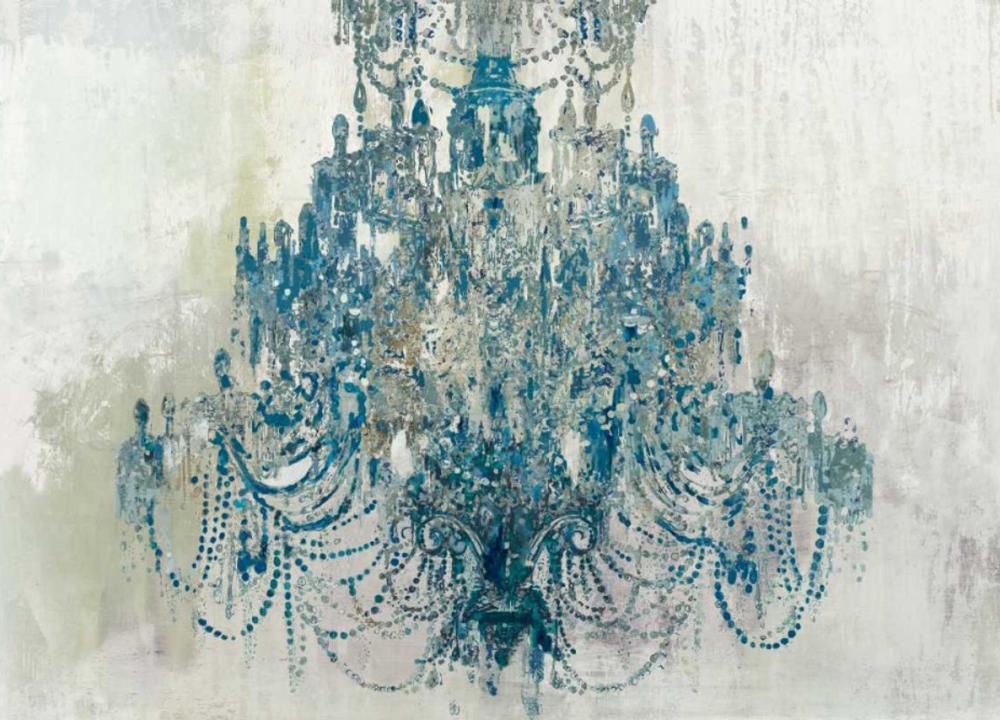Sculpture is one of the oldest and most expressive forms of art, transforming raw materials into tactile stories. Whether you’re drawn to classical busts or abstract forms, this guide walks you through the essentials of sculpting — from your first lump of clay to your finished piece.
What Is Sculpture?
Sculpture is the art of shaping materials into three-dimensional forms. It spans centuries, cultures, and styles — from ancient marble statues to modern installations.
- Mediums include clay, stone, wood, metal, and mixed media
- Techniques range from carving and modeling to casting and assembling
- Sculptures can be freestanding, relief-based, or kinetic
- Artists use tools like chisels, wire loops, and modeling sticks
- Common themes include the human figure, nature, abstraction, and symbolism
Whether decorative or conceptual, sculpture invites viewers to engage with form, texture, and space.
Choosing Your First Sculpting Material
Starting with the right material makes a huge difference in your learning curve. Beginners often start with clay due to its flexibility and accessibility.
- Air-dry clay – Easy to use, no kiln required
- Polymer clay – Oven-bakeable and great for small pieces
- Oil-based clay – Reusable and ideal for practice
- Water-based clay – Used in traditional ceramics
- Plaster – Good for casting and mold-making
Each material has its own feel, drying time, and finishing options — so choose based on your goals and tools.
Essential Tools for Beginners
You don’t need a full studio to start sculpting. A few basic tools can help you shape, smooth, and refine your work.
- Wire loop tools – For carving and hollowing
- Wooden modeling tools – For shaping and detailing
- Needle tools – For fine lines and textures
- Sponges – For smoothing surfaces
- Armature wire – For building internal support structures
As you progress, you can expand your toolkit based on your preferred medium and style.
Understanding Armatures and Structure
An armature is the internal skeleton of a sculpture — especially important for larger or complex pieces.
- Aluminum wire – Lightweight and flexible
- Steel rods – Stronger for heavy sculptures
- Foam or wood blocks – Used as core supports
- Mesh – Adds surface texture and stability
- Pre-made armature kits – Great for beginners
Using an armature helps prevent collapse and allows for dynamic poses and extended limbs.
Sculpting Techniques: Modeling, Carving, and Casting
Different techniques suit different materials and artistic goals. Understanding the basics helps you choose your path.
- Modeling – Adding and shaping soft material like clay
- Carving – Removing material from stone or wood
- Casting – Pouring liquid material into a mold
- Assembling – Combining found objects or pre-made parts
- Relief – Sculpting on a flat surface with raised elements
Experimenting with these techniques builds versatility and confidence in your sculpting practice.
Creating Texture and Detail
Texture brings life to sculpture — whether it’s the folds of fabric or the bark of a tree. You can achieve texture through tools and surface manipulation.
- Stippling – Using a pointed tool for dotted texture
- Scoring – Scratching lines for depth
- Imprinting – Pressing objects into clay
- Brushing – Using stiff brushes for rough surfaces
- Smoothing – Using water, sponges, or fingers for polish
Combining textures adds realism and visual interest to your work.
Drying, Firing, and Finishing
Once your sculpture is shaped, it needs to be dried and finished properly to ensure durability and aesthetic appeal.
- Air-drying – Suitable for non-ceramic clays
- Kiln firing – Required for ceramic and stoneware pieces
- Sanding – Smooths rough edges
- Painting – Adds color and detail
- Sealing – Protects the surface from moisture and damage
Finishing transforms your raw sculpture into a lasting piece of art.
Common Mistakes and How to Avoid Them
Every beginner makes mistakes — but knowing what to watch for can save time and frustration.
- Skipping the armature – Leads to structural collapse
- Overworking the clay – Causes cracking
- Uneven drying – Results in warping
- Ignoring proportions – Makes figures look unnatural
- Rushing the finish – Reduces overall quality
Patience and planning are key to successful sculpting.
Inspiration and Style Development
Finding your artistic voice takes time. Studying other sculptors and experimenting with styles helps you grow.
- Classical – Inspired by Greek and Roman forms
- Abstract – Focuses on shape and emotion over realism
- Figurative – Represents the human form
- Environmental – Uses natural materials and settings
- Conceptual – Prioritizes ideas over aesthetics
Your style will evolve as you explore materials, themes, and techniques.
Where to Learn and Share Your Work
Sculpting is both personal and communal. Joining a creative community accelerates your growth and opens new opportunities.
- Online tutorials – YouTube, Skillshare, and Udemy
- Local art classes – Community centers and colleges
- Sculpture forums – Reddit, WetCanvas, and DeviantArt
- Exhibitions – Share your work at local galleries or online
- Social media – Build a portfolio and connect with other artists
Learning from others and sharing your progress keeps you motivated and inspired.




